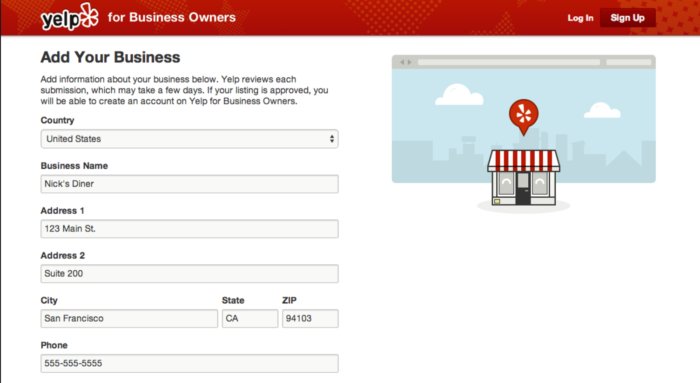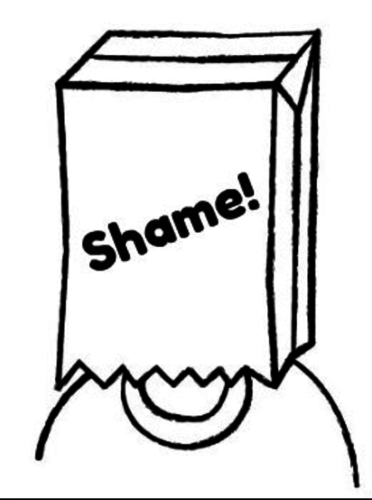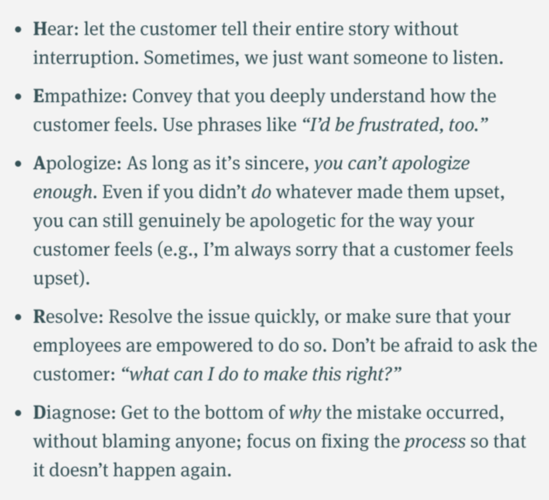Good or bad, online reviews can make or break your business. I’ll show you how to get more online reviews and what to do with the negative ones.
The phenomenon called social proof has never been more apparent than it is today with online reviews. The struggle to get more online reviews is real, as they rule the business world.

In fact, 90% of customers say buying decisions are influenced by online reviews, according to a Dimensional Research survey.
That same survey found that 86% of customers say buying decisions are influenced by negative online reviews.
Meanwhile, shaming businesses on Twitter has become very much in vogue, with grown men (fathers even), reaching for their smartphones anytime their food takes longer than 10 minutes to prepare.
With all this in mind, is any business safe? Is yours?
By following a few best practices to get more online reviews, it can be.
How to Get More Online Reviews
1. Establish a place where you can be reviewed
If you’re trying to get more online reviews, you need to establish a place where your customers can post them.
Try setting up a Yelp profile since this is arguably the most widely known 3rd party review site. “Claiming” your business on Yelp will allow for online reviews to appear in search engine results.

Even if you think you don’t need a profile to collect reviews, it is still good practice to create one anyway to respond to any negative feedback.
After establishing a place where you’d like your customers to leave reviews, be sure to share the link to the review location with your customers. The easier you make it for your customers to leave a review, the greater your chances they actually will.
2. Ask
It sounds simple enough, but sometimes you just have to ask for reviews. What do you have to lose?

You can set up automated online email, asking your customers to review your offering. Included in the email will be a link to your review site — most likely Yelp.
Here is an example of such an email.

NOTE: You should already be sending your customers a series of emails after their first purchase, so this “request for review” email could be one you slip into the mix.
The fun is in trying to optimize your emails, using an A/B-testing approach. This means splitting up the emails, making subtle changes to the wording and sending out to customers.
SEE ALSO: Discover the Right A/B-Testing Formula
I’ve been doing this for more than 10 years and as a result, consider myself a word scientist. You’d be amazed how small changes in wording can impact how people respond to your emails.
3. Getting more people to review your business (without breaking the rules)
So what if after establishing a place to be reviewed and making attempts to reach out to your customers, you’re still not getting a lot of feedback?
At this point, it is not uncommon for the frustrated small business owner, and even some marketers, to consider incentivizing their customers to leave online reviews. This is unwise.

If a 3rd party review site, like Yelp, learns you’ve been incentivizing reviews, they will likely strip you of all the reviews you’ve built up over time. You might even get slapped with some stiff penalties if you’re caught.
This is simply a bad business decision. Your company might be small now, but one day it could be a household name.
Do you really want that name associated with the bribery of its customers?
From a reputation standpoint, it’s not a good look.
SEE ALSO: 3 Reputation Management Tips for Business Executives

Be sure to check the rules of your 3rd party review site and also your country’s marketing regulations before moving forward with incentives.
To be safe, you could simply provide an incentive or discount that leads to the increased sales of your product. Now you’re incentivizing product sales and not reviews.
By increasing sales, you get your automated review email in front of more eyeballs. Because more people are seeing this email, it stands to reason that the number of your online reviews will increase.
NOTE: In the interest of full-disclosure and credibility, make sure customers mention in their review that they received a discount.
In the beginning, don’t worry about losing money by offering discounted products/service rates. Remember social proof drives sales, so consider the short-term loss a long-term investment.
How to Handle Negative Reviews
You can’t please everyone. If you haven’t had a negative review yet, brace yourself.
Negative reviews are not the end of the world; however, especially when it’s not the norm for you or your business.
So don’t be afraid. Here’s what you need to do.
1. Give the review your undivided attention
Look at the review objectively and decide whether there’s any truth to it. It’s true some people just like to complain, but I think all reviews should be given the same amount of attention and personal reflection.

Who knows, what starts as a negative review could lead to highly actionable insights and long-term business success.
Some small business owners think they can simply avoid negative reviews by ignoring them. This is a little like the ostrich burying his head in the sand to avoid danger.

If you do not respond to negative online reviews appropriately (i.e. actually acknowledging what is being said) you could be hit by a blizzard of bad reviews all saying the same thing.
This is poison for your digital brand, especially if your target audience commonly visits a 3rd party review site before making a purchasing decision.
All your efforts to collect positive reviews will work against you because now your disgruntled customers know exactly where to go to complain.
2. Acknowledge comments and let the person know you’re doing something to remedy the situation
No matter what, never, ever, EVER argue with your customer. It’s OK to disagree with someone’s comments, but arguing usually only makes matters worse.

You’re going to naturally feel defensive, but you need to fight that impulse. Don’t be snotty.
Studies show that the two main customer service fouls are 1) having to explain problems to multiple people/ passing the buck, and 2) dealing with someone who comes off as unpleasant.
When replying to a negative comment, be patient, aim for professionalism and continue trying to help the person.
Reply where the online review was actually left and not through a private message. This signals to prospects that you value your customers and that you listen and take the necessary steps to resolve their complaints.
Here is a basic guide to follow when responding to negative customer reviews, but be careful not to follow this too rigidly as not all cases are the same.

For my money, the number one tip when replying to negative comments is to stay genuine. If you reply with “I’d be frustrated too,” on every bad review, customers might think your responses are contrived, or worse — condescending.
If you’re really giving your undivided attention to each negative comment, there should be no problem drafting a genuine response. And if you can demonstrate excellent customer service, more people will trust you and want to buy from you.
3. Speed is the name of the game

When you have negative comments coming in, you don’t have the luxury of time. You need to move fast and start putting out fires before they get out of control.
While you do need to give the review your complete attention, you must also stay aware of the time factor. The fact is, if you do not reply in an appropriate amount of time, it’s almost as bad as not replying at all.
Customers expect fast — almost instantaneous — responses from companies, especially from their customer service departments.
It’s important that you monitor online reviews on a daily basis, even multiple times a day, to stay up-to-date with all incoming reviews, good or bad.
Be aware that people will not always leave reviews on your established location, but instead will post comments on their own personal blogs and social media platforms.
Try setting up a Google Alert based on your product or business name to catch mentions of your company on blogs, forums, and social media. This will let you know whenever someone mentions your business, enabling you to respond quickly like a digital branding cheetah.
In Conclusion:
The importance of online reviews cannot be overstated. In today’s digital world, they’ve become currency.
Everyone’s trying to figure out how to get more online reviews — positive ones, anyway, and nobody wants to deal with the negative reviews.
If you follow my tips, you will get more online reviews and you’ll be prepared to respond appropriately to negative comments.
How do you get more online reviews? Please let me know in the comments.











